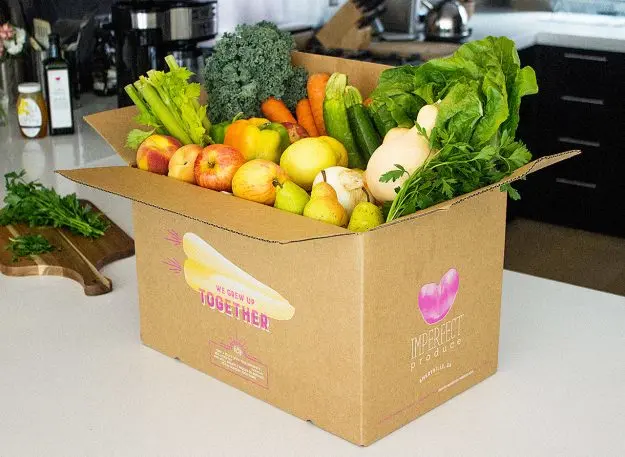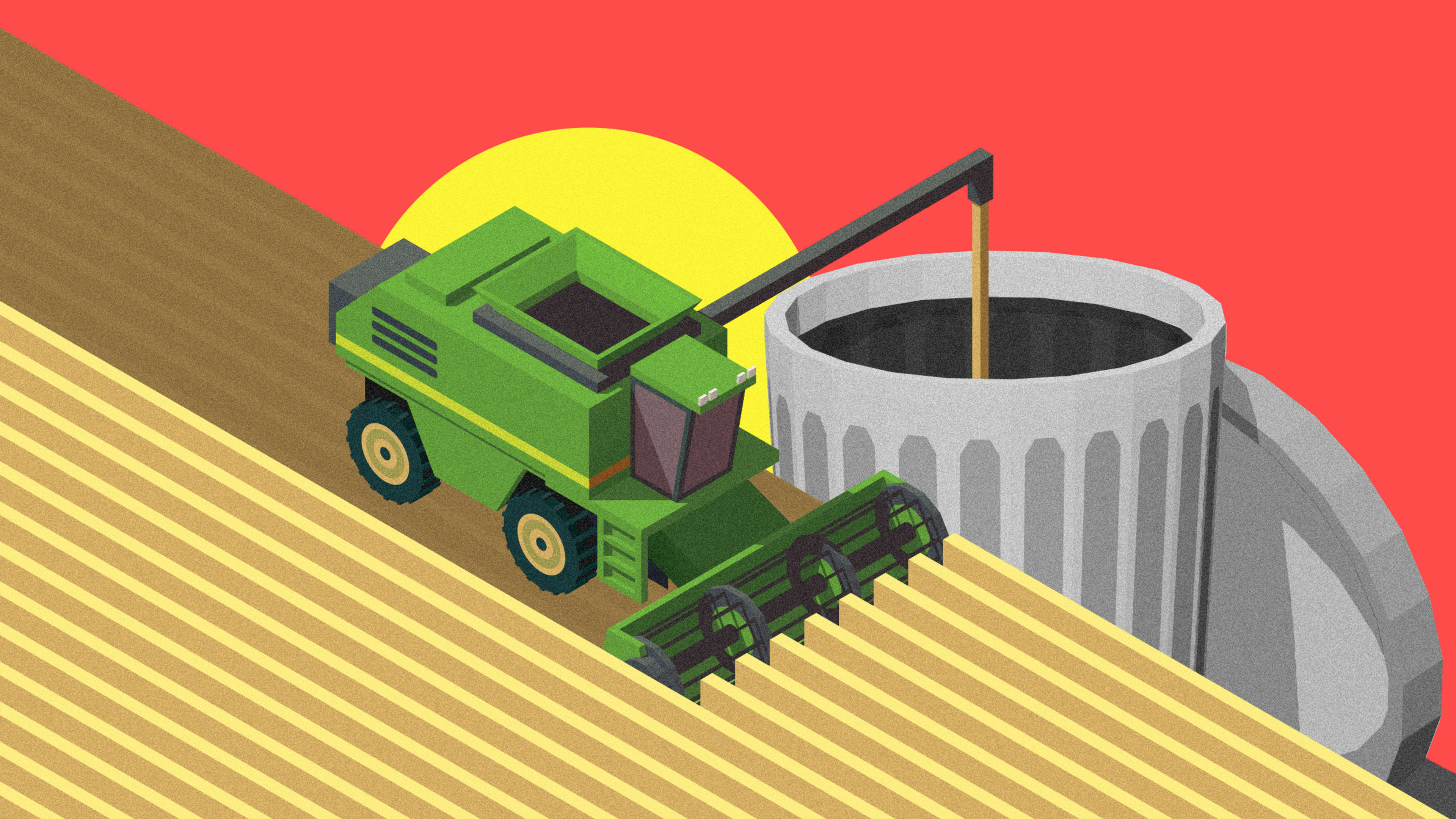As long lines of newly unemployed people wait at food banks—on a recent day at a distribution point in San Antonio, 10,000 cars waited in line—many farmers are simultaneously throwing out food that they can no longer sell to restaurants, hotels, and schools.
Dairy farmers are throwing out an estimated 3.7 million gallons of milk each day; others are burying onions, plowing cabbages back into fields, and smashing eggs. The supply chains are complicated. But is it possible to rescue more of this food at a time when it’s most needed?
For farmers who usually sell food in bulk, it’s not necessarily simple to suddenly switch to something that can be sold in a grocery store now that many restaurants and other customers have closed or drastically scaled back purchases. “You can’t just take a 20-gallon bag of milk that typically goes in a milk dispenser and all of a sudden make it available to consumers to buy at the store—you need the right equipment in that facility to package it and get it into a form that you can actually sell it at retail,” says Dana Gunders, executive director of ReFed, a nonprofit focused on food waste.
The right logistics may also not be in place to get the food where it needs to go. Farmers may not have the right relationships to sell the food. In some cases, food grown for restaurants may not be what consumers want to buy when they’re shopping for themselves. “People don’t buy, let’s say, broccolini at the grocery store the way they might in a restaurant,” she says. The same is true of high-end steak and seafood, which are more commonly eaten in restaurants than at home. While food banks need food, they don’t have enough refrigerators to store the volume of food that’s suddenly available. And while many farmers may prefer to donate food than let it go to waste, they often can’t afford the expense of harvesting and delivering it if they aren’t selling any produce during the shutdown. Instead, it’s just left to rot in the field.
This is all happening without any concerted national government effort to fix the problem, but some efforts are helping avoid food waste on farms during the pandemic. The California Association of Food Banks, which has a program that connects growers with food banks, says that it has been able to quickly ramp up donations from farms; last week, on a single day, the program connected four million pounds of food from farms with food banks. In some cases, the program pays farmers a small amount to help cover the cost of harvesting and packaging. “We make it really easy,” says Lauren Lathan Reid, the communications director for the organization. “We send a truck, we handle all of the logistics of getting it to the food bank.” Last week, after the California Department of Agriculture hosted a webinar to help farmers learn about the program, 200 new farmers called to make donations. Driscolls, a large berry producer, says that it and others in the industry are pushing for the USDA to begin buying excess produce so that it can be given to food banks nationally.

Some companies that ship produce to consumers have also been able to rescue more food. “We are absolutely buying more product from the current grower base that we’ve put in place over the last three or four years,” says Edward O’Malley, vice president of supply for Imperfect Foods, a company that already rescues food from farms, selling slightly blemished fruit and vegetables that supermarkets typically reject. “As they began having problems selling through both retail and food service, and their food service business dropped off, they began offering us more product.” Like other food delivery companies, Imperfect Foods is seeing massive demand from consumers, and so it has been able to buy that food, and begin working with new farmers. (It also has rescued food from other parts of the supply chain, including popcorn that had been destined for now-closed movie theaters, and cheese and nuts that were originally meant for snack trays in airplanes.)
Good Eggs, an online grocery in the Bay Area, says that it has also started buying more from suppliers who saw other contracts fall through. “Our customers have always looked to us as a source of local food from small producers, and we feel that responsibility now more than ever. Wherever possible, we’ve prioritized our small to midsize producer partners who relied heavily on farmers’ markets and restaurant sales,” says Benjamin Hartman, senior category manager of perishables at Good Eggs.
Some farmers have quickly started selling produce online, like Dirty Girl Produce, which started offering a veggie box and salad box to customers. It’s also one of the farmers to participate in a new curbside pickup program at a farmers market in San Francisco that lets customers place an order in advance online. “Many of our farms are hurting from the loss of sales to restaurants and tech companies, as well as decreased farmers market traffic,” says Brie Mazurek from the Center for Urban Education about Sustainable Agriculture, the organization that set up the curbside pickup program. “But I also think small, local farms are in a position to quickly and nimbly adapt, and a number of them have pivoted to online sales and preorders.”
The challenge may increase as the growing season progresses, and more solutions are needed. “We are just at the beginning of produce season, and so we can expect that this problem is going to get worse before it gets better in terms of the volumes of produce that are coming online that will be coming online in the US,” says Gunders. “I can tell you at here at ReFed, we’re actively looking into this to try to unravel exactly what’s happening, what the challenges are, and see if there is some kind of marketplace to be set up or other solution, like additional processing, perhaps, to to get more volumes into frozen or canning to preserve it in some way. Ultimately, it’s just heartbreaking, the volumes of food that are not finding a home right now and right getting destroyed.”
Recognize your brand’s excellence by applying to this year’s Brands That Matter Awards before the early-rate deadline, May 3.
